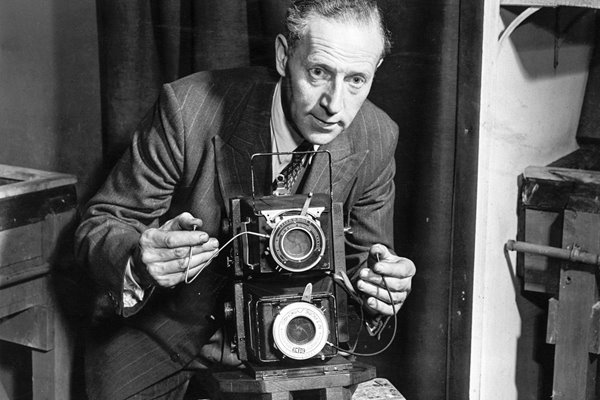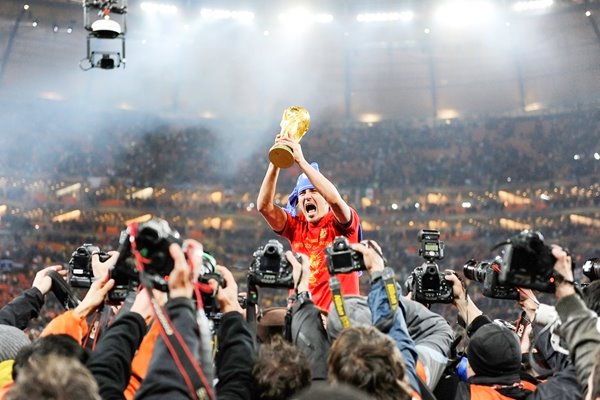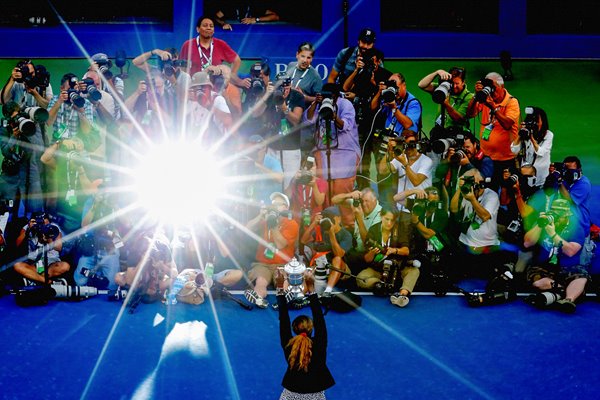Better Sports Photography: Tips from the Pros
POSTED ON: 31 January 2019
Sport Photo Gallery 2025 Christmas Order Deadlines
POSTED ON: 31 January 2019
Sports Photographers are among the most passionate people on the planet. They love sport. They love photography. And, for them, combining the two is just sheer heaven.
Whether you’re a professional or a passionate amateur, the sports photography bug is hard to shake once you’ve got it. Like the greatest sportspeople, the drive is for constant improvement; capturing ever-more intricate, thrilling or beautiful sports images.
If you’re a sports photography beginner it can be difficult to know where to start. You can do worse than learning from the professionals to start off with, but you don’t need to have found your sports photography hero to emulate just yet.
Our team at Sport Photo Gallery have done some of the hard work for you, and have found three sports photographers to lend their sage advice here. So sit back, relax (possibly with a cuppa) and read our guide to sports photography & tips from the pros!

Bex Charteris, a Sports & Adventure Photographer based in Auckland, New Zealand told us: “You might have your eye on the latest dSLR or a swanky new lens. But the reality is that if you can't take great photos on your current camera (or phone), then spending a ton of money isn't going to fix that.”
“Learn to use whatever equipment you currently have. Do you know what all the buttons do? Can you take it off auto, and use all the manual settings. Are you familiar enough with your camera that you can change the settings without looking? Do you know how to deal with a backlit subject? Or what you need to adjust if your photos are too dark or too blurry?”
“There are a ton of resources out there for learning basic and advanced photography skills. Look up YouTube tutorials. Check out Creative Live for high quality, basic and advanced tutorials. Look through the websites of professional photographers and analyse their images, then try to replicate them. Take a ton of photos and analyse them: what worked and what didn't? What went wrong and how can you fix it? If you're not sure, try asking Google! E.g. Search "why are my photos blurry" and see what answers come up.”
George Ledger, a photographer based in the North East of England told us: “You’ve got to know the sport. Start photographing a sport that you have played or are an avid watcher of. You need to know what is happening - and more importantly what is about to happen - and where the action will move to.”
Bex agrees:”Do your research first. Google your sport and see what other images come up. Which photos do you like best? Which angles? Portraits? Action shots? Celebrations? Spectators? Anything unique or unusual that you'd like to try?”
One thing that Bex stresses to us above all else is how important is to take a ton of photos. She says: “The best way to improve at any skill is to practice. Take a ton of photos. How about taking 100 photos every day? But don't limit yourself to just action shots. Sports involve a mix of portraits, landscapes, events, groups, celebrations, and more. You need to capture movement and details and emotion. You need to deal with constantly changing light and shadow. So the better you get at photographing anything and everything, the better sports photographer you will be.”
“After you've taken your hundred photos for the day, review the photos on a bigger screen (not on the back of your camera) and see what worked and what didn't. What do you like about the ones that worked? Analyse the ones that didn't work, and figure out why they didn't and what you need to do differently next time. Not sure what went wrong? Google it! Search "why is my horizon wonky" and see if you can find an answer online.”

Another key thing to remember is the human side of the sport your snapping. James Cannon, a Sports Photographer based in Bletchley, England told us: “For me it's about emotion. To find a way to connect to the sport in a way which you believe in. Find aspects around the sport in which to engage with when you’re creating your images.”
George agrees: “The Faces & Expressions make the photo. Action is important, but viewers react to a photo better if they see a face.” The advice here is to consider the emotional impact your picture will have. Will your audience connect with it better if they see the grit, determination, passion and effort etched on the faces of the participants? Definitely! Understanding how to get up close and personal with the action of the sport is the key to capturing the most emotive elements of the players or athletes, and that's exactly what we discuss in tip #5...
Sports Photography Tip #5: Position Yourself for the Shot you Want
George goes on to say: “Pick your position to ensure a clean background with no distractions. But also vary your shooting height so you don't simply take the same photos as every other photographer.”
James agrees that the devil’s in the details: “Light, atmosphere, characters, people. The small things become the important things when making dynamic engaging shots around sport.”
Bex suggests that, if possible, you have to get right in the thick of the action: “In the words of famous war photographer, Robert Capa, ‘If your photos aren't good enough, you're not close enough.’ Regardless of whether you're photographing cricket or boxing or mini golf, the closer you can get, the better your photos will be.”
“In saying that, you're obviously limited to the rules and limitations of the sport you're photographing! If it's football, cricket, surfing or field hockey, then you are physically limited to how close you can get to the action. In these cases, a long lens helps. For football, I recommend a minimum of 200mm. Ideally 300mm or 400mm. But those longer lenses are freaking expensive! So try hiring one from a local photography hire shop. Or ask your camera brand dealer (e.g. Nikon, Canon, Sony) if you can try out a new lens for the day.”
“When it comes to lenses, the wider the aperture opens (e.g. f/1.8 or f/2.8) the better quality the lens. That's where the expense comes in! If your lens only opens to f/5.6, then it will struggle in low light situations, resulting in blurry images if there is any movement involved. It also means you won't be able to get that beautiful "shallow depth of field" look, where the subject is sharp and clear, and the background is blurred and out-of-focus. So a high quality, expensive lens is worth its weight in gold and will often retain its value.”

Bex’s final thought on starting out as a sports photographer frames it as a passion that can last a lifetime: “As with any skill, the more you learn about photography, the more you will realise there is so much more to learn. I've been working as a photographer for 10 years and I'm still learning new things every single day. New skills. New ways to use my camera. New gear. New angles. New ways of seeing the world and interacting with the people I meet.”
“Photography is a brilliant skill to master. It's an amazing mix of the creative and the technical. The physics of how light bends and reflects. The psychology of how colour affects our mood. The art behind lines and curves and perspective. The social skills needed to coax a genuine smile out of a nervous subject.”
“So if you're genuinely interested in becoming an excellent sports photographer, whether as a professional or just for fun, then give yourself lots and lots of time to learn and improve and learn some more. It's a lifelong skill with an unlimited amount a knowledge and skill and beauty hidden inside.”
Looking to be inspired by excellent examples of professional sports photography? Check out the sports on Sport Photo Gallery - you're bound to find the image that inspires you to learn more about the art of sports photography!